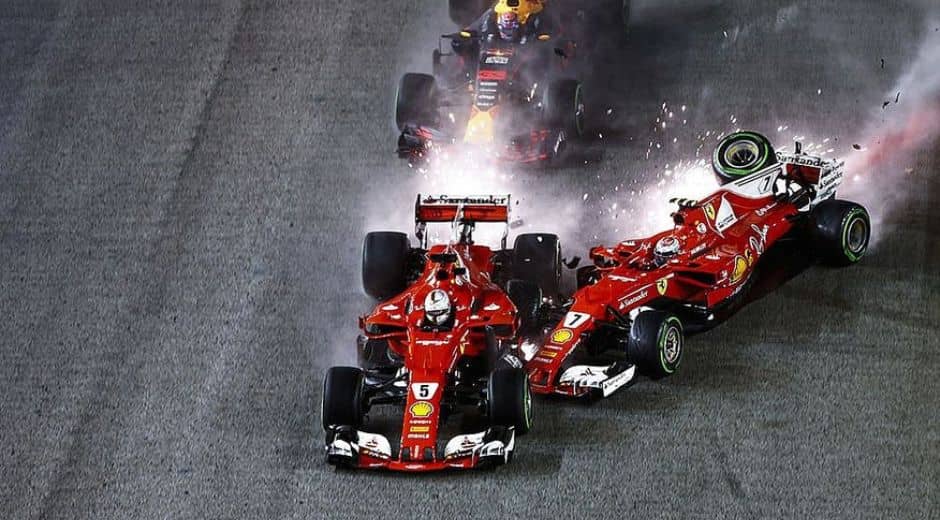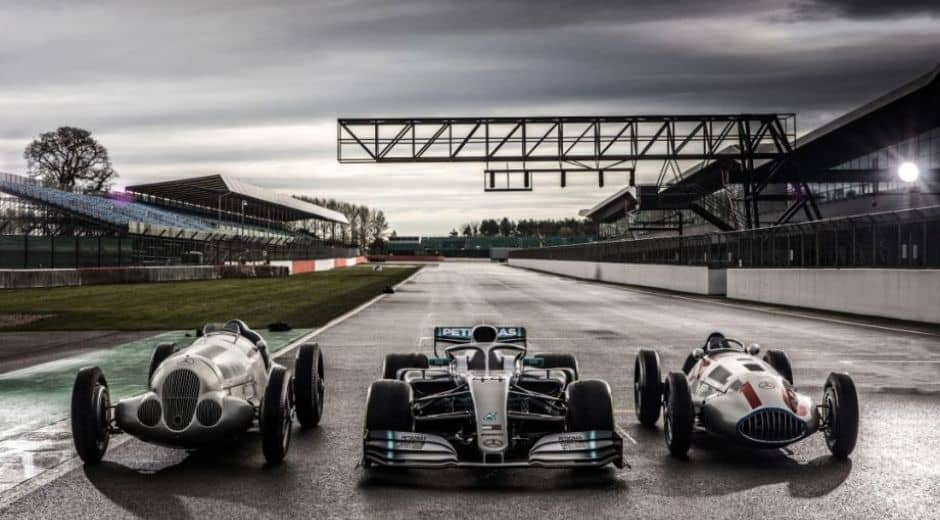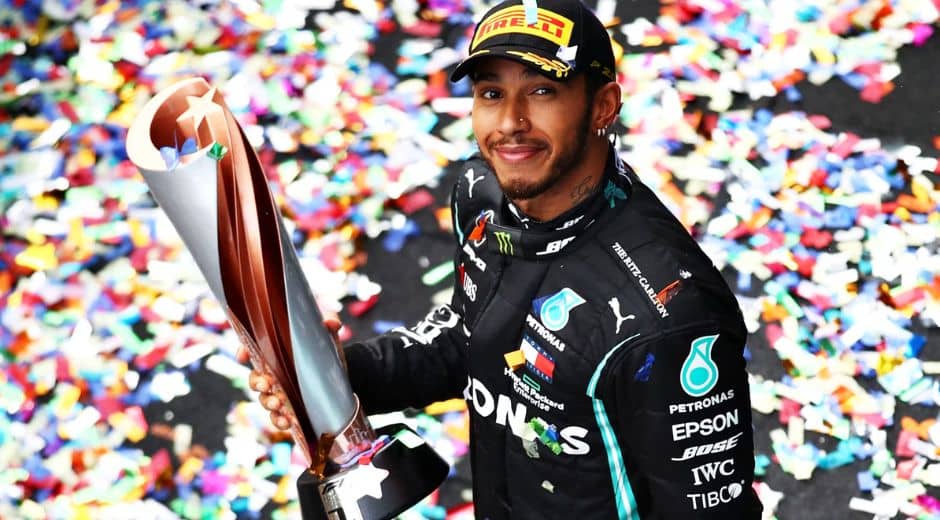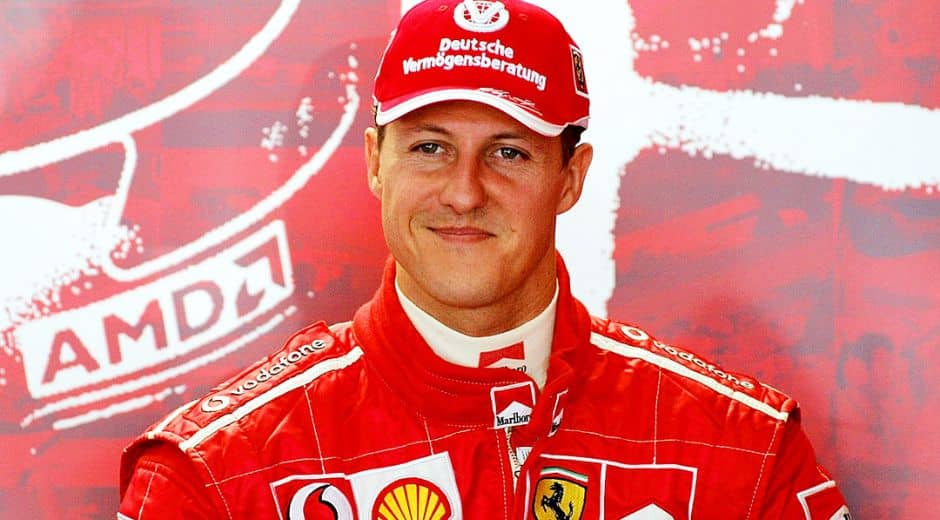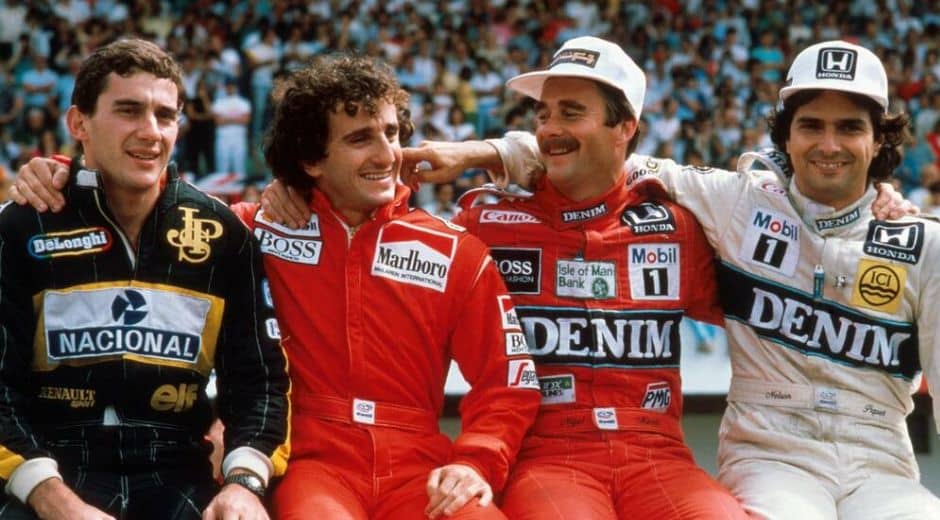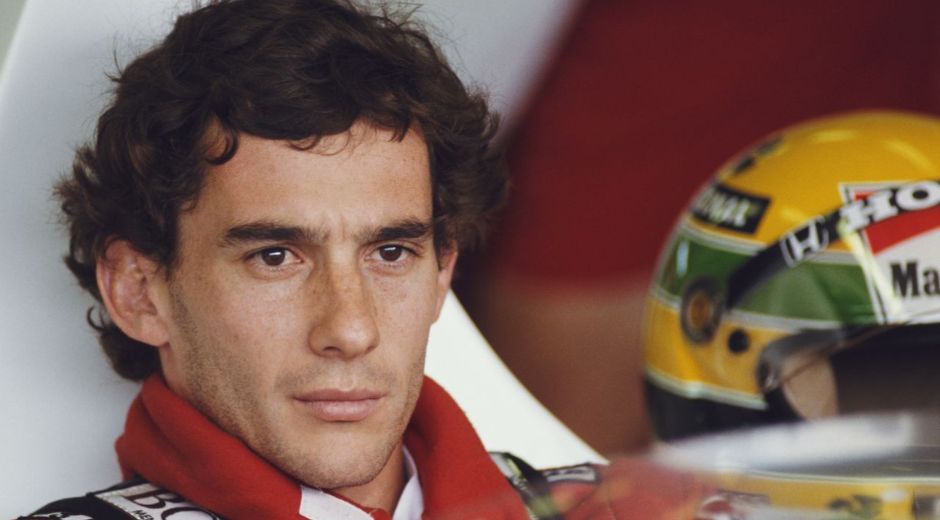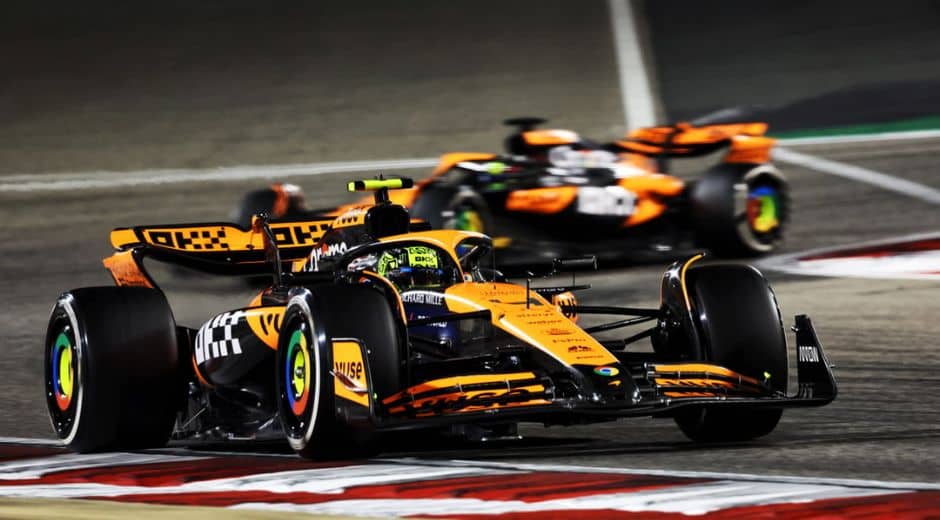7 Worst F1 Crashes That Shocked the Racing World
7 Worst F1 Crashes That Shocked the Racing World
Formula 1 is the pinnacle of speed, skill, and danger. Every Formula 1 race tests drivers, machines, and circuits to their absolute limits. While Formula 1 safety has dramatically improved over the years, some crashes remain unforgettable for their sheer intensity, unpredictability, and consequences. From high-speed collisions to multi-car pile-ups, these moments shocked the racing world and changed the course of the sport forever. Each incident reminds fans that despite modern technology, Formula 1 remains one of the most thrilling and perilous sports in existence. Drivers constantly push themselves to the edge of human ability.
1. Ayrton Senna – Imola 1994
Ayrton Senna’s fatal crash during the 1994 San Marino Grand Prix is one of the most infamous in Formula 1 history. Senna lost control at the high-speed Tamburello corner, hitting a concrete wall. The accident highlighted gaps in Formula 1 safety, prompting major reforms in car design, track layouts, and driver protection systems. Fans and drivers alike still remember this day as a turning point for the sport. Senna’s crash deeply impacted the racing world, inspiring global discussions on track safety and driver wellbeing, which reshaped modern F1 for generations to come.
2. Robert Kubica – Canadian GP 2007
During the 2007 Canadian Grand Prix, Robert Kubica collided with a wall at over 300 km/h. The Formula 1 car split and caught fire, but thanks to improved safety cages and fire-resistant suits, Kubica survived with minor injuries. This crash showcased both the extreme risks of F1 and how technological advancements could save lives even in terrifying scenarios. Kubica’s accident reminded teams and fans that Formula 1 drivers face life-threatening risks every race, and constant innovation is necessary to prevent fatal outcomes.
3. Romain Grosjean – Bahrain GP 2020
Romain Grosjean’s fiery crash at the 2020 Bahrain Grand Prix shocked the Formula 1 community worldwide. His car pierced a barrier and burst into flames at high speed. Remarkably, Grosjean escaped with burns on his hands but survived. The F1 halo device and rapid emergency response were credited with preventing a tragedy, demonstrating the value of modern safety innovations. This incident also highlighted the heroism of track marshals and medical teams who acted instantly to save the driver’s life under extreme pressure.
4. Felipe Massa – Hungarian GP 2009
Felipe Massa was hit on the helmet by a spring that fell off another car during qualifying at the 2009 Hungarian GP. The impact caused a severe head injury, forcing him to miss the rest of the Formula 1 season. The incident highlighted the importance of F1’s cockpit safety measures and prompted further reinforcement of barriers and helmets. It also reminded fans and teams that even small parts can cause major accidents, emphasizing meticulous maintenance and safety checks before every F1 race.
5. Jules Bianchi – Japanese GP 2014
Jules Bianchi’s crash at Suzuka in 2014 was devastating. He collided with a recovery vehicle in wet conditions, sustaining fatal head injuries. This tragedy led Formula 1 to introduce the Virtual Safety Car system to better control race speeds in hazardous conditions. Bianchi’s accident remains a somber reminder of the inherent risks in Formula 1 racing. The loss of Bianchi deeply affected the racing community and sparked renewed efforts to improve F1 driver safety standards around the world.
6. Mark Webber – Monaco GP 2010
During the tight streets of Monaco, Mark Webber collided with another car at low speed, causing a spectacular pile-up. Although injuries were minor, the incident emphasized the challenges of street circuits in F1, where tight corners and limited runoff areas increase the risk of crashes. It also highlighted the need for precision and experience in navigating such tracks. Webber’s crash demonstrated how even small miscalculations in F1 can lead to chain reactions affecting multiple cars and altering race outcomes dramatically.
7. Pastor Maldonado – Spanish GP 2012
Pastor Maldonado’s crash at the 2012 Spanish GP involved a high-speed impact against the barriers, resulting in a total car destruction. He escaped without serious injuries, but the crash served as a stark reminder of how quickly an Formula 1 race can turn dangerous. The incident reinforced the importance of both barrier technology and driver awareness in F1 events. It also underscored that every F1 driver must remain alert at all times, as split-second reactions can be the difference between safety and catastrophe.
Lessons from F1 Crashes
Each of these crashes transformed Formula 1 safety standards. From the introduction of the halo cockpit protection to better barriers and emergency protocols, the sport has evolved to protect drivers more than ever. Fans can witness thrilling moments while understanding the importance of constant innovation. For detailed analysis and modern Formula 1 safety innovations, check out AutoshiftWise and adrenaline-driven insights at TasteFlavorBook. These resources provide a deeper understanding of how F1 technology continues to evolve, making the sport safer and more exciting for everyone involved.
Conclusion
To explore more legendary Formula 1 stories and memorable racing moments, visit our internal guide “Top 10 Iconic F1 Moments That Defined History.” By learning from past accidents, fans and aspiring drivers alike gain insight into the balance of risk and skill that defines F1’s exhilarating legacy.
The Pulse of Sport

8 Shocking Tennis Eliminations That Left Everyone Speechless
Explore 8 shocking tennis eliminations that left fans speechless, highlighting the most surprising upsets in the sport’s history.
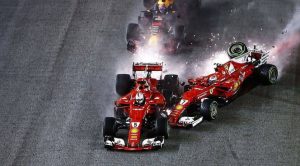
7 Worst F1 Crashes That Shocked the Racing World
Discover the worst F1 crashes that shocked the racing world, revealing the danger, drama, and unforgettable moments on the track.
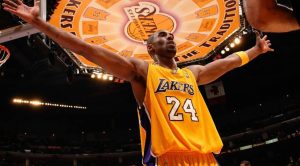
Kobe Bryant: 7 Powerful Lessons from the Black Mamba
Discover 7 powerful lessons from Kobe Bryant, the Black Mamba, on mindset, perseverance, and achieving greatness on and off the court.
